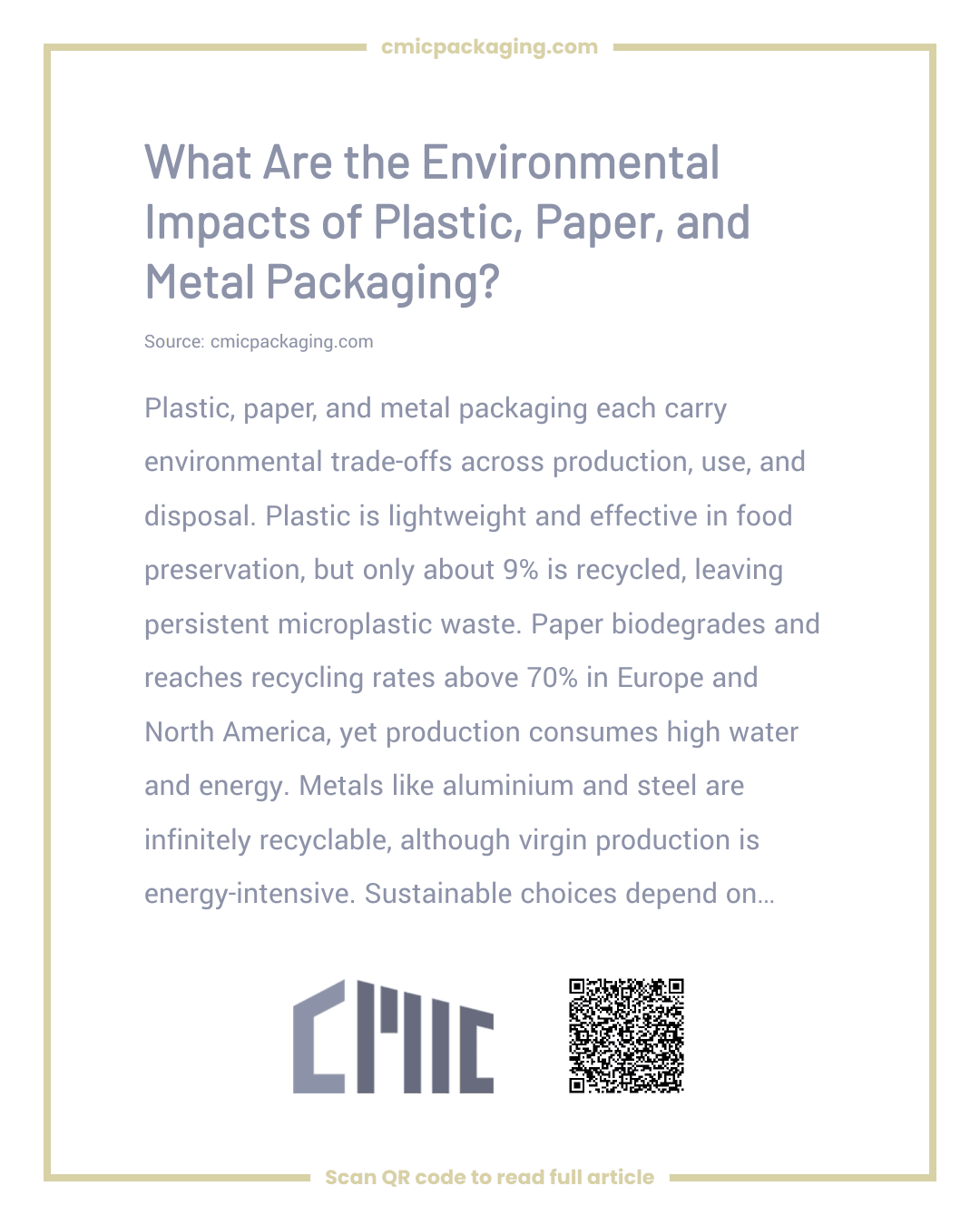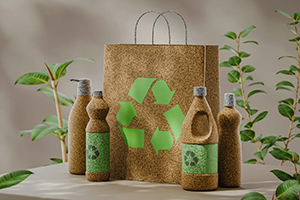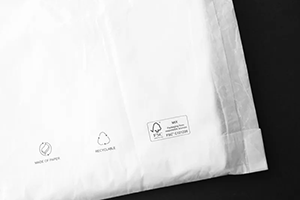I’ve spent years knee-deep in the packaging world, and trust me, picking between plastic, paper, and metal isn’t like choosing your favourite crisps flavour—it’s a tangled web with real consequences for the planet. Paper might strut around as the eco-superhero, while plastic gets booed off stage as the ultimate baddie, but life’s never that black and white.
Each one leaves its own quirky footprint, from the cradle of creation right through to the rubbish bin. Having guided businesses through this maze, I’ve come to realise that getting the full picture—how it’s made, used, and chucked—is the secret sauce to decisions that don’t come back to bite us.
Let’s unpack this with a dash of honesty, weighing the good, the bad, and the downright baffling, and I’ll toss in some tips on how to nudge things towards a greener path.
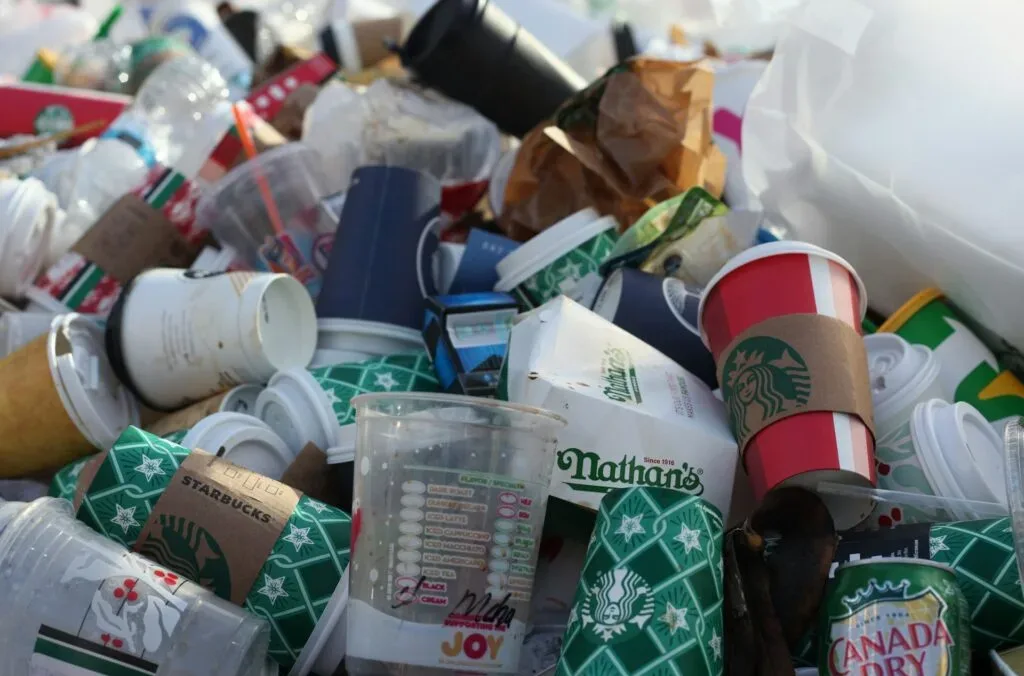
Why Packaging Materials Hit the Environment So Hard
Packaging sneaks into every corner of our lives, from your takeaway latte to that shiny new gadget. Its eco-impact? It’s enough to keep anyone with a conscience tossing and turning. Pulling raw materials out of the ground—oil for plastics, trees for paper, or ores for metals—sucks up water, land, and energy like there’s no tomorrow. Then comes the factory frenzy, belching out carbon that cranks up the climate chaos. And the finale? Dodgy recycling means piles of waste rotting in landfills or poisoning the seas for ages.
We all want packaging that’s tough as nails yet gentle on Mother Earth, but balancing that act is like juggling flaming torches. I’ve watched companies sweat over it, so let’s dive into what each material really dishes out.
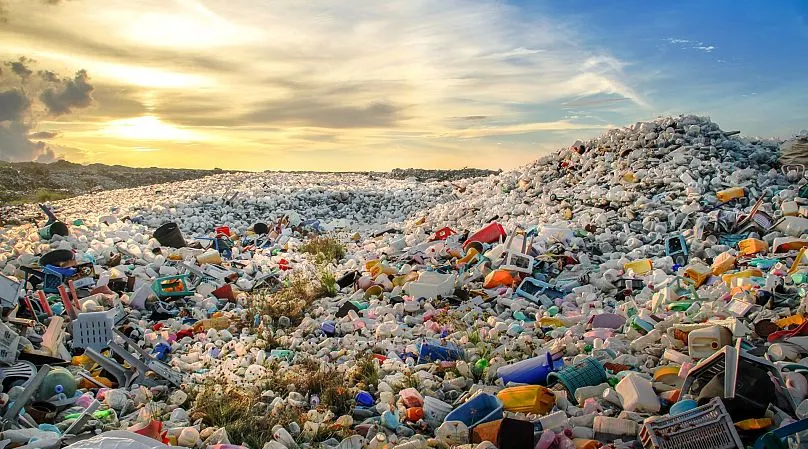
Plastic Packaging: Super Convenient, But a Total Planet Pain
Plastic’s everywhere you look—bottles, films, bags—you name it. It’s cheap, light as a feather, and bends to any shape, which is why it’s so darn popular. But let’s be real: its eco-rap sheet makes me wince every time.
The Ugly Side of Plastic
This stuff doesn’t just disappear; it crumbles into tiny microplastics that lurk in oceans and dirt for what seems like eternity. Made mostly from fossil fuels like oil and gas, it’s tangled up with industries that guzzle carbon. The making process pumps out greenhouse gases, though its lightness does help shave off transport emissions compared to heavier rivals. The real gut-punch? Only about 9% gets recycled worldwide, so the rest clogs landfills or floats off to torment marine life—I’ve seen the fallout in supply chains, and it’s not pretty.
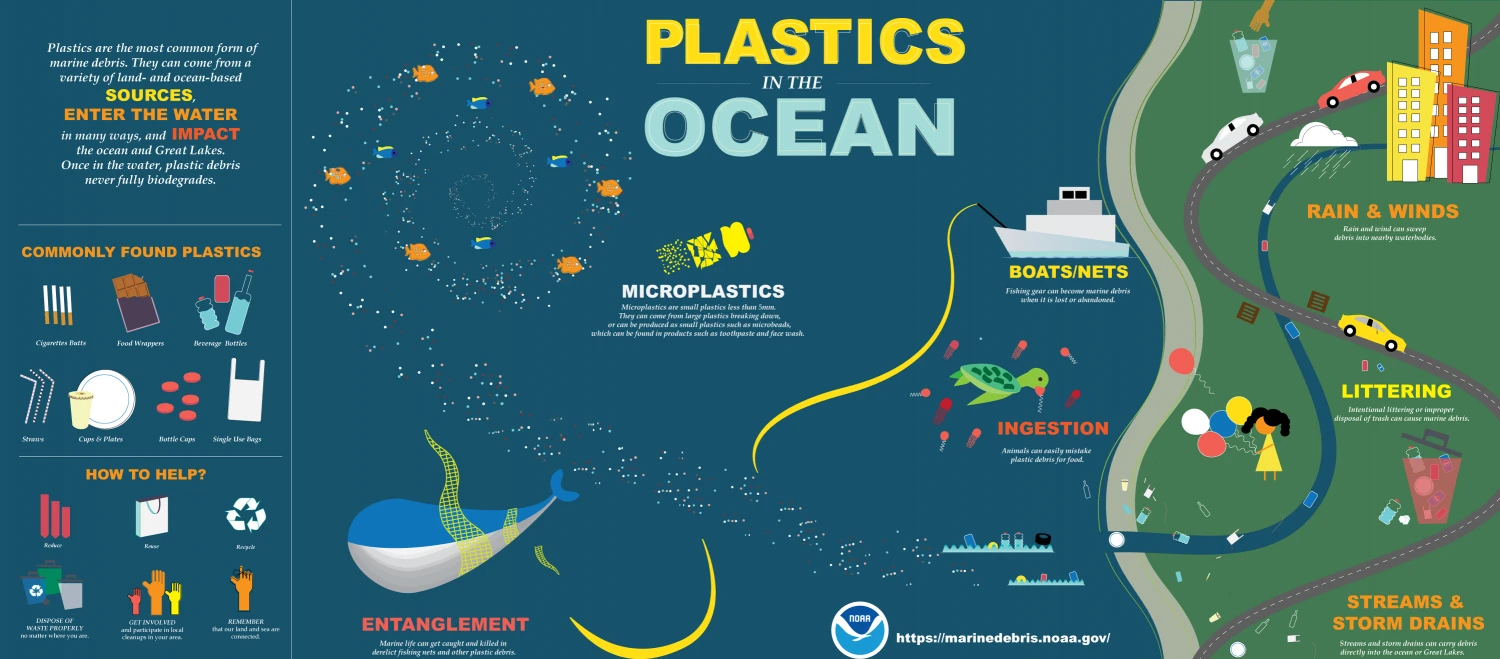
Where Plastic Actually Wins Points
On the flip side, that featherweight build is a boon for shipping, cutting fuel and fumes. It’s brilliant at sealing in freshness, which quietly tackles the huge headache of food waste—an eco-nightmare we often overlook. And its adaptability lets it stand in for bulkier stuff, potentially dialing down the overall carbon count.
My Two Cents: Plastic’s a real workhorse, but without solid recycling systems, it’s like maxing out the planet’s credit card. I’ve nudged clients to rethink it, and the “aha” moments? Priceless.
Paper Packaging: The Feel-Good Choice with Sneaky Drawbacks
Paper and cardboard often get a halo for being biodegradable and easy to recycle, but pull back the curtain, and it’s a bit more complicated—and occasionally infuriating.
Paper’s Hidden Eco-Costs
Sure, it rots away naturally, which beats plastic’s immortal vibe hands down. But if it’s not from well-managed forests, it drives deforestation and wipes out wildlife habitats in ways that break your heart. Making it slurps water and energy like a thirsty elephant—often more per tonne than plastic. Trees do gobble up carbon, but hacking them down and turning them to pulp can wipe out those benefits quicker than a bad habit.
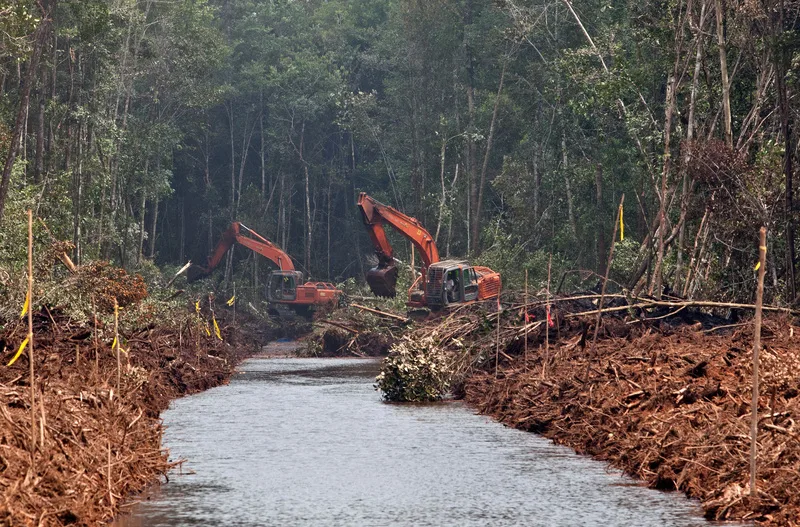
What Makes Paper a Keeper
Recycling is its superpower—hitting 70% in spots like Europe and North America, making it a poster child for the circular economy. Shoppers adore it; from surveys I’ve dug into, it amps up brand love by looking all earth-loving. And for messy, food-stained bits? Pop them in the compost heap instead of the bin—it’s a cheeky little victory I always flag up.
My Two Cents: Paper’s got that warm, fuzzy appeal for marketing, but ignoring its resource-hungry side is a trap. Stick to FSC-certified sources—it’s turned around projects I’ve worked on, like an e-commerce revamp that slashed water use and left everyone grinning.
Metal Packaging: Built to Last, But an Energy Hog
Picture aluminium cans or steel tins—they’re go-tos for beverages and posh boxes, thanks to their recycling prowess. But the startup costs from digging and refining? They’re eye-wateringly high, and I’ve run the numbers on this more than I care to admit.
Metal’s Tough Eco-Blows
Fresh aluminium production is an energy monster, churning out carbon like it’s going out of fashion. Mining bauxite or iron ore scars the land and drains resources in cringe-worthy ways. But on the waste end, metals shine—they can be recycled indefinitely without fading, unlike paper or plastic that wear out.
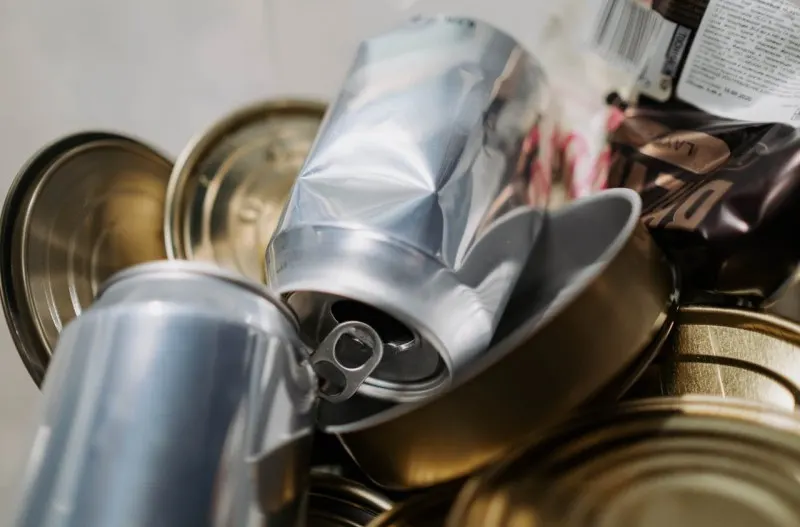
Why Metals Deserve a High-Five
That endless recyclability is pure gold; aluminium often reaches 60-70% recovery rates, slashing the need for fresh digs. Their toughness means longer-lasting products, extending shelf life and curbing waste. It’s like planting a tree that keeps giving fruit.
My Two Cents: Metals rack up a hefty tab upfront with all that energy, but crank up the recycling, and you’re golden. I remember a drinks company I advised—they went recycled aluminium and shaved 30% off their footprint. Talk about a feel-good switch!
Crowning the Sustainability Winner: Spoiler, There Isn’t One
Here’s the twist: no material wears the crown all the time—it depends on the gig. Quick rundown:
| Material |
Biggest Advantage |
Biggest Challenge |
Best Use Cases |
| Plastic |
Lightweight and protective |
Doesn’t break down, recycling lags |
Keeping food fresh, light shipments |
| Paper |
Breaks down naturally, recycles well |
Drains water and energy, deforestation risks |
Online shopping boxes, dry products, brand appeal |
| Metal |
Recycles endlessly, super sturdy |
High energy in production, mining messes |
Drinks, fancy tins, durable food storage |
At the end of the day, true sustainability is about the full lifecycle: smart sourcing, efficient making, thoughtful use, and clever reclaiming. No half-measures.
Practical Steps to Green Up Your Packaging Game
If you’re knee-deep in packaging decisions, your moves can spark real change. Here’s what I’ve suggested to clients that actually lands:
-
Grab the Recycled Goods
Choose recycled paper, PET plastics, or aluminium—it’s an easy hack to skip virgin stuff and slash emissions.
-
Design for Easy Recycling
Ditch tricky mixes like plastic-coated paper that confuse sorters. Stick to single materials for smoother sailing.
-
Loop It Back
Swap one-and-done for reusables or take-back schemes, and give customers nudge with recycling nudges—I’ve seen it shift habits in clever campaigns.
-
Source Like a Pro
Go for FSC paper, high-recycle metals, or verified bio-plastics. Trust me, credibility pays off.
-
Less Is More
Before overhauling materials, just use less—it’s amazing how much waste that uncovers, often packing a bigger eco-punch.
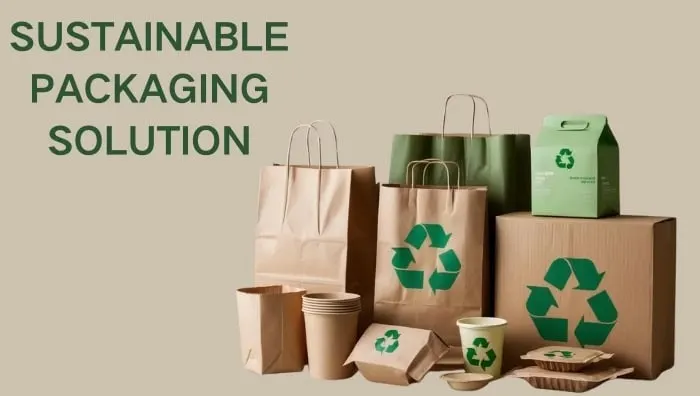
Wrapping This Up (Pun Intended)
Sorting through the eco-maze of plastic, paper, and metal packaging feels like solving a riddle: plastics nail efficiency but flop on pollution, paper brings the circular charm yet hogs resources, and metals burn energy early but score big on recycling marathons. It’s all about wielding them wisely, sealing those loops, and peeking ahead.
Over at C MIC Packaging, we see sustainability as a thrilling journey, mixing premium materials with transparent methods in everything from rigid boxes to green retail picks. We’ve guided heaps of businesses to lighter footprints without skimping on function—it’s the kind of work that gets you out of bed.
👉 Fancy a packaging glow-up? Drop us a line for custom ideas that blend smarts with sustainability.
How about I rustle up a snazzy infographic comparing the eco ups and downs of plastic, paper, and metal? It’d really make this stuff jump off the page for your readers.
